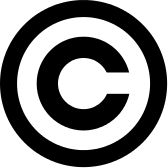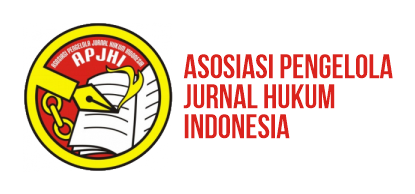Demokrasi dan Sistem Pemerintahan
DOI:
https://doi.org/10.31078/jk1027Keywords:
Democracy, Constitution and Government SystemsAbstract
Democracy provides an understanding that the source of power is the people with an understanding that people will give birth to a rule that will benefit and protect their rights. In order for that to happen, a rule is needed to support the idea and serves as the foundation in the life of the state to guarantee and protect the rights of the people. Such rule is called The Constitution.The understanding on the highest power itself does not need to be understood in the sense of absolute monistic and unlimited, because it is in itself that the supreme power which is in the hands of the people is limited by the agreement they set forth together as outlined in the formulation of the constitution they made and promulgated especially on the founding of the state. This is what is called the social contract between citizens as reflected in the constitution. It is that constitution which limits and regulates how the sovereignty of the people is channeled, executed and maintained in state activities and day-to- day running of the government. In essence, within the idea of popular sovereignty, it remains to be guaranteed that the people are the true owners of the State with all its authority to carry out all the functions of state power, both in the field of legislative, executive, and judiciary. It is the people who have the authority to plan, organize, implement, and conduct monitoring and assessment of the implementation of the power functions. Even further, it is for the benefit of the people that every activities aimed at. It is for the people that all the benefits gained from the functioning and the organization of the state are intended. This is the idea of popular sovereignty or democracy that is totally of the people, for the people, by the people, and with people.
References
Achmad Suharjo, Hukum Tata Negara dan Hukum Administrasi Negara Dalam Prespektif Fikih Siyasah, Sinar Grafika, Jakarta, 2012.
Bagir Manan, DPD dan MPR Dalam UUD 1945 Baru, UII Press, Yogyakarta, 2003.
C.F. Stong, Konstitusi-Konstitusi Politik dalam Kajian Tentang Sejarah dan Bentuk- Bentuk Konstitusi Dunia, Nuansa dan Nusa Media, Bandung, 2004.
Harjono, Transformasi Reformasi, Skretariat Jenderal dan Kepaniteraan Mahkamah Konstitusi, Jakarta, 2009.
Moch Mahfud, Konstitusi dan Hukum Dalam Konstroversi Ilmu, Rajawali Press, Jakarta, 2009.
Sulardi, Sistem Pemerintahan Presidensiil Murni, Setara Press, Malang, 2012.n
Pilar-Pilar Demokrasi, Sinar Grafika, Jakarta, 2012.
Prof. Dr. Jimly Asshiddiqie, Hukum Tata Negara dan Pilar-Pilar Demokrasi, Sinar Grafika, Jakarta, 2012.
Prof. Dr. Jimly Asshiddiqie, Perkembangan dan Konsolidasi Lembaga Negara Pasca Reformasi, Sekretariat Jenderal dan Kepaniteraan Mahkamah Konstitusi Republik Indonesia, Jakarta, 2006.
Prof. Dr. Jimly Assihiddiqie, Hukum Tata Negara dan Pilar-Pilar Demokrasi, Sinar Grafika, Jakarta, 2012.
M. Alfan Alfian, Demokrasi Pilihlah Aku (Warna-Warni Politik Kita), In Trans Publishing, Malang, 2009
Downloads
Published
How to Cite
Issue
Section
License
Authors who publish with this journal agree to the following terms:
- Copyright of the published articles will be transferred to the journal as the publisher of the manuscripts. Therefore, the author confirms that the copyright has been managed by the publisher.
- The publisher of Jurnal Konstitusi is The Registrar and Secretariat General of the Constitutional Court of the Republic of Indonesia.
- The copyright follows Creative Commons Attribution-NonCommercial-ShareAlike 4.0 International License: This license allows reusers to distribute, remix, adapt, and build upon the material in any medium or format for noncommercial purposes only, and only so long as attribution is given to the creator. If you remix, adapt, or build upon the material, you must license the modified material under identical terms.

















